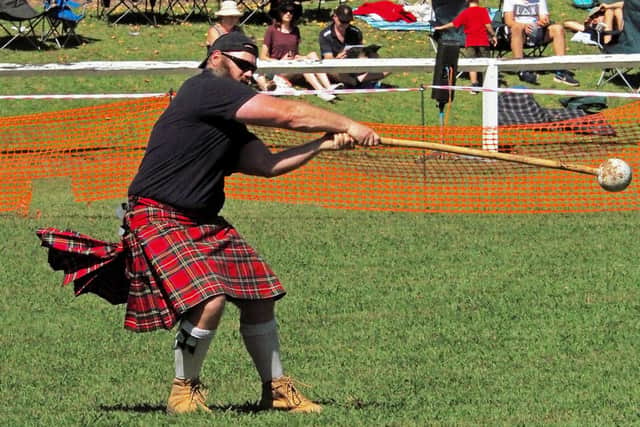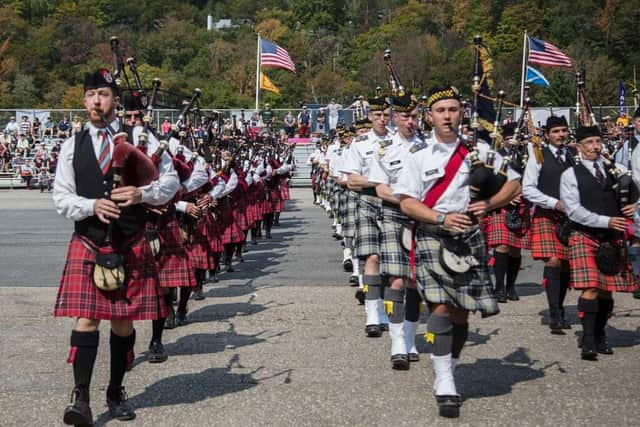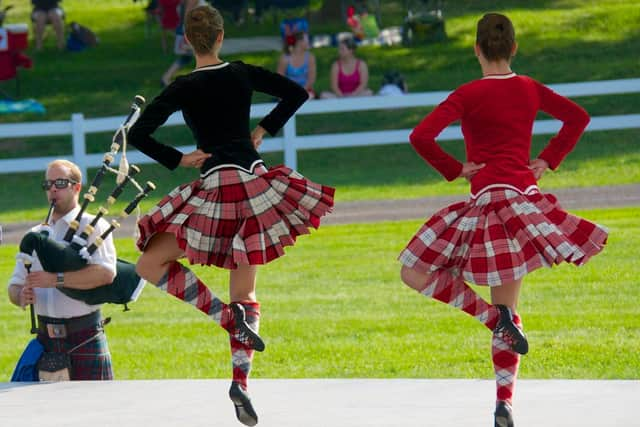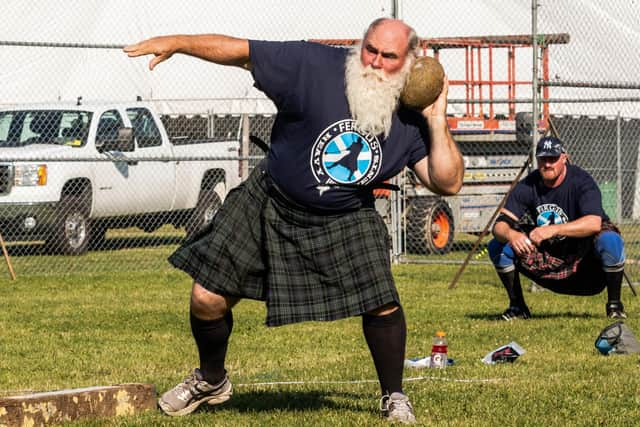History of the Highland Games: Traditions of the Scottish Highland Games explained
Highland Games season is well underway as the Greenock Telegraph reports that Gourock enjoyed the Scottish event last Sunday. That said, over sixty Highland Games are held all over Scotland from Carmunnock in the lowlands to Durness in the north-west Highlands.
It’s certainly not an occasion marked by Scots alone, however, as you’re as likely to find the games in places like Detroit or São Paulo as you are in their ancestral home. Aside from products like Scotch Whisky, the Highland Games are considered one of Scotland’s biggest cultural exports, dating back to the fourth century.
Advertisement
Hide AdAdvertisement
Hide AdHere’s a look at the history of the Highland Games, how they began, and why they have travelled so far in the world.


History of the Highland Games
The Scotland Organisation says that the games were originally a contest of strength designed “as a means of selecting the most able men for soldiers and couriers.” To this day, they are seen as an expression of ‘Scottishness’ with bagpipes, tartans, Highland dance, and brute strength all featuring as a tribute to Scotland.
The first historical reference to the event was made during the reign of King Malcolm III (1057 - 93) who summoned men to race up Craig Choinnich near Braemar in order to select the best man to serve as a royal messenger.
However, it was not only about brute strength and other talents like music and dance were sought out as a means of adding prestige to the clan. The oldest, continuous Highland Games in Scotland is said to be the Ceres Games in Fife which started in 1314.


The growing tradition of the event was stalled after the Battle of Culloden when Proscription Acts were passed which dismantled the Highland identity including the use of Scottish Gaelic. Despite this oppression, the Scottish occasion persisted over the years and was even attended by Queen Victoria in 1838.
Some have suggested that her endorsement of the Highland Games is one of the reasons why it shot up in popularity as a global export. More importantly, as many Scots were displaced from their ancestral homes, they moved around the world and retained such Scottish traditions and customs.


Traditions of the Highland Games
Some Highland Games have modernised programs that deviate from the traditional event with activities like Wellie Wanging. Other customs like heavyweight contests and caber tossing are still prominent across all games.
The roughly six-metre tall caber (linked to the Gaelic word ‘cabar’ meaning a large piece of wood) is flipped by the competitor and the highest score is afforded to whoever lands it straight ahead in the 12 o’clock position.
Advertisement
Hide AdAdvertisement
Hide AdAnother common event is throwing the “weight over the bar” which was a custom said to originally feature heavy stones but now manufactured weights like 56lb metal cubes are used. Feats of athleticism aside, the Highland Games are also one of the biggest natural platforms for Highland Dancers and Bagpipers.
As summarised by VisitScotland, the games are “built around traditional Highland sports such as the caber toss, tug o' war and the hammer throw, a Highland games event also includes Highland dancing and music, and lots of family fun such as food and craft stalls and games.”


Who has the biggest Highland Games?
According to the Scotland Magazine the “largest Highland games in the world, the Cowal Highland Gathering attracts 23,000 visitors every year.” In earlier years, reports indicate that at their peak they brought in as many as 30,000 spectators.
Here you can also find the World Highland Dancing Championships which attract competitors from countries like the US, Canada and Australia, adding to their international appeal.
The Scotland Organisation has contended this by claiming that the Braemar Gathering is the “biggest and most prestigious Highland Games event and enjoys the annual attendance of the Royal Family.”
For more information on all the Scottish Highland Games coming up in 2023 you can check out the Scotland Welcomes You website.
Comments
Want to join the conversation? Please or to comment on this article.
